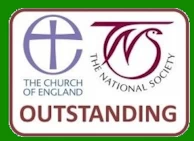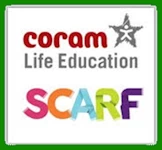The first reference to a school in Middle Woodford was in 1773 when a Dame School was held in Pound Cottage, near the church. There is a reference to a school established in 1819 with 46 pupils (within a booklet by Philip Matthews written in the 1960s) but it is difficult to fit this with the other information gathered.
In 1833 a church school was opened in a cob building in Church Lane (which later became the Church Room, now Dukes Hall). In the same year the school united with the National Society and received a building grant from them. According to a note kept by the Rev Chatfield, vicar of Woodford at the time, the total cost of the school was £107.9s.2½d.
This was an infant school which had 13 boys and 8 girls to begin with, and a Sunday school with 35 boys and 35 girls supported by subscriptions. By 1846 the Sunday and Day school had 60 boys and 57 girls in attendance and the total annual expenses of £25.10s were met by subscriptions and fees. Artisans’ children paid two pence and poorer children one penny a week.
The school was enlarged in 1854 and in the 1859 Warburton Census it was stated that ‘Forty girls and 20 boys are taught, mixed, by a mistress, at Middle Woodford. The school-room has a tiled floor.’ In time it became necessary to look for larger school premises, as schooling became compulsory, and the numbers attending rose.
In 1870 Mr Giles Loder from Wilsford gave a quarter of land for building a new school and school house, and the building commenced in May 1872. He made arrangements for local farmers to supply horses and carts for the transportation of building materials. The cost was £800 with contributions from the Board of Education, the National Society and the Church. It was opened in 1873 and provided accommodation for 98 pupils.
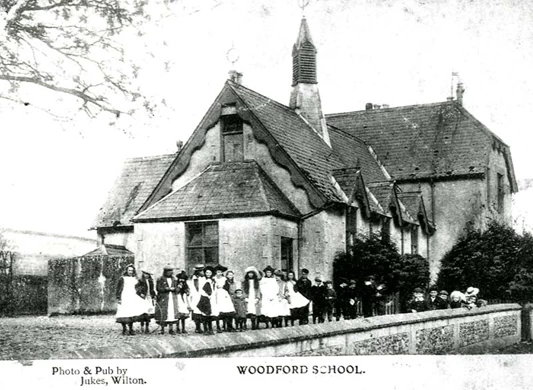
Woodford School c1914 (Image held by Wiltshire & Swindon History Centre)
The school was further enlarged in 1912 when an infants’ classroom was added at a cost of £200, met by the Church and the Hon Louis Greville, of Heale House. While the construction of the classroom was taking place, the infants were taught in the Village Clubroom (now the Village Hall). Average attendance in 1876 was 40 and in 1906 was 54, although the total number on roll was often eighty or more.
Wiltshire & Swindon History Centre hold a copy of a plan of the school dated 1906 which is the year when overall control school passed to Wiltshire Council, although a local board of management remained.
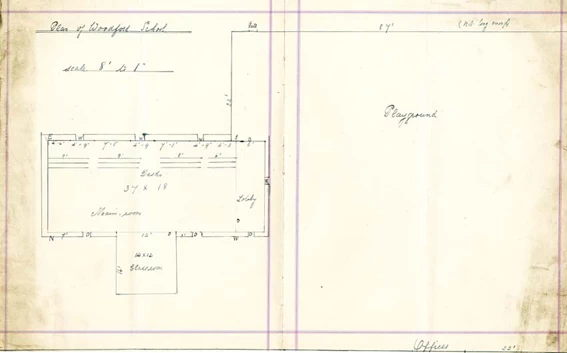
Wiltshire & Swindon History Centre also hold the school logbook for the late Victorian period which shows how illness which spread through the parish often affected the school. In March 1891 the school was closed for three weeks because of a measles outbreak, and in November 1899 the school was shut because of Scarlet Fever.
Other illnesses included influenza, ringworm, St Vitus’ Dance (Sydenham chorea) and consumption. Children were disciplined for all sorts of reasons; these include: throwing stones, playing truant, talking and ‘insubordination.’ In November 1887, the teacher at the time ‘punished several of the bigger boys for driving some of the turkeys belonging to Heale Park when leaving school this noon.’
His Majesty’s Inspector in 1879 wrote: “The children are in fair order and have improved somewhat in writing, though the first and second standard acquitted themselves but moderately in this subject. Arithmetic is deplorably weak. My lords will look for better results as the condition of an unreduced grant next year.”
The school playing field (now the playground and surrounding grass area) was the gift of the Hon Louis Greville to commemorate the Jubilee of George V in 1911 and a beech tree was planted within the playing field by Mrs Walker, a manager, to commemorate the Coronation of George VI in May 1937, at which time there were 48 children.
From 1951 the school became Aided under the 1944 Education Act, and children aged 13+ were sent to Durnford School in Netton. In 1955 it had 45 pupils, and in 1958 pupils over the age of 11 were transferred to Amesbury County Secondary Modern School, or to the Grammar schools in Salisbury. Building developments of 1966 provided a new infants class, proper sanitation and a new kitchen.
It must be noted that there have been several schools within the wider Woodford Valley with Woodford School originally only providing education for those from the parish of Woodford.
Wilsford and Lake Church of England School closed in 1960, and Durnford School in Netton closed in 1975. In both cases the remaining pupils transferred to Woodford School which subsequently became known as Woodford Valley Primary School (turned Academy in 2012).
During the Year 2023-2024, Woodford Valley Primary Academy applied to join a Multi Academy Trust called Pickwick Academy Trust. This was later approved by the DfE in December 2024. The school is currently waiting for an official joining date.
Adapted from: Parrett, Sylvia J (2003) The schools of the Woodford Valley: a brief history.
Additional information added from the online resources of Wiltshire and Swindon History Centre
As part of the 2013 “Time Whisperers” project, Barbara Portnall was interviewed about her time at Woodford School in the 1930s:
I always remember the little class at Woodford School. They used to put a kettle of water on like a little bonfire for hot water so the kids could have a drink. We used to sometimes take a bit of sugar and a bit of cocoa, so we had a hot drink at dinner time too. It was very cold down there, a big place, with one big stove in the other room.
The headmaster used to stand in front of the guard with his hands behind him and take all the heat from us. He told us to fold our arms and put our hands under our arms to get our hands warm before we could write.
We did arithmetic, spelling and composition. He used to read out something and we had to write about it. Then he used to read something out of a book and pick on one of us to say it back, to find out if we had been listening or not.
I don’t think I was a difficult child. I was only shown the cane once and I did have it! We had to do our lessons in the week and if there were any wrong spellings, we had to write down the wrong words and put them right – fifty times or we couldn’t go up to the cricket ground to play games on a Friday afternoon.
The full interview and others about school days in the Woodford Valley can be accessed at:
Aural Histories – The Woodford Valley Website (woodford-valley.co.uk)
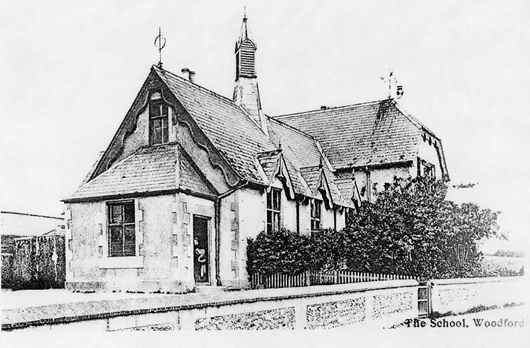
Woodford School in the 1920s (Image held by Wiltshire & Swindon History Centre) .
| Cookie | Duration | Description |
|---|---|---|
| cookielawinfo-checkbox-analytics | 11 months | This cookie is set by GDPR Cookie Consent plugin. The cookie is used to store the user consent for the cookies in the category "Analytics". |
| cookielawinfo-checkbox-functional | 11 months | The cookie is set by GDPR cookie consent to record the user consent for the cookies in the category "Functional". |
| cookielawinfo-checkbox-necessary | 11 months | This cookie is set by GDPR Cookie Consent plugin. The cookies is used to store the user consent for the cookies in the category "Necessary". |
| cookielawinfo-checkbox-others | 11 months | This cookie is set by GDPR Cookie Consent plugin. The cookie is used to store the user consent for the cookies in the category "Other. |
| cookielawinfo-checkbox-performance | 11 months | This cookie is set by GDPR Cookie Consent plugin. The cookie is used to store the user consent for the cookies in the category "Performance". |
| viewed_cookie_policy | 11 months | The cookie is set by the GDPR Cookie Consent plugin and is used to store whether or not user has consented to the use of cookies. It does not store any personal data. |
Woodford Valley C.E. Primary Academy
Middle Woodford, Salisbury
SP4 6NR
Telephone: 01722 782361
Email: office@woodfordvalley.wilts.sch.uk
